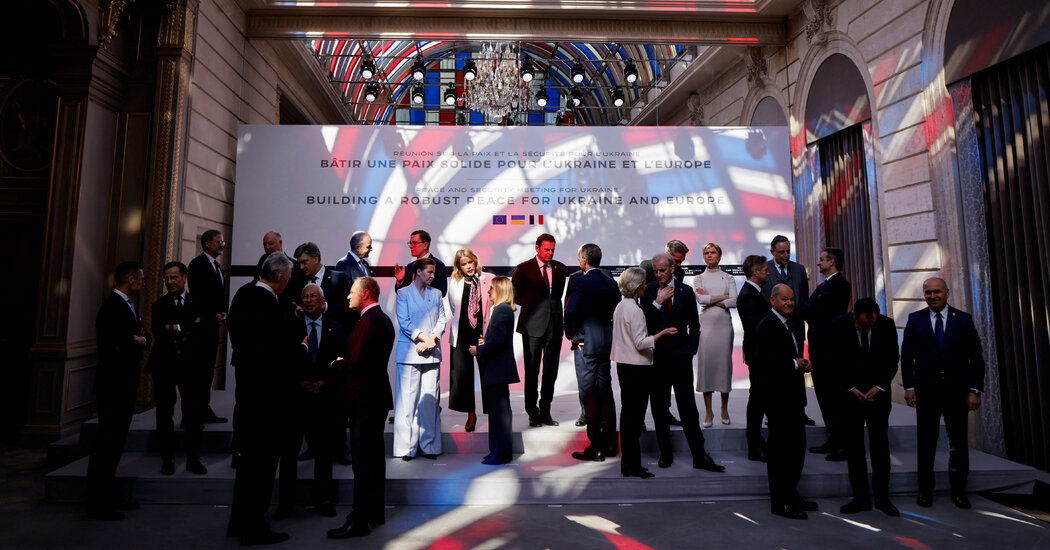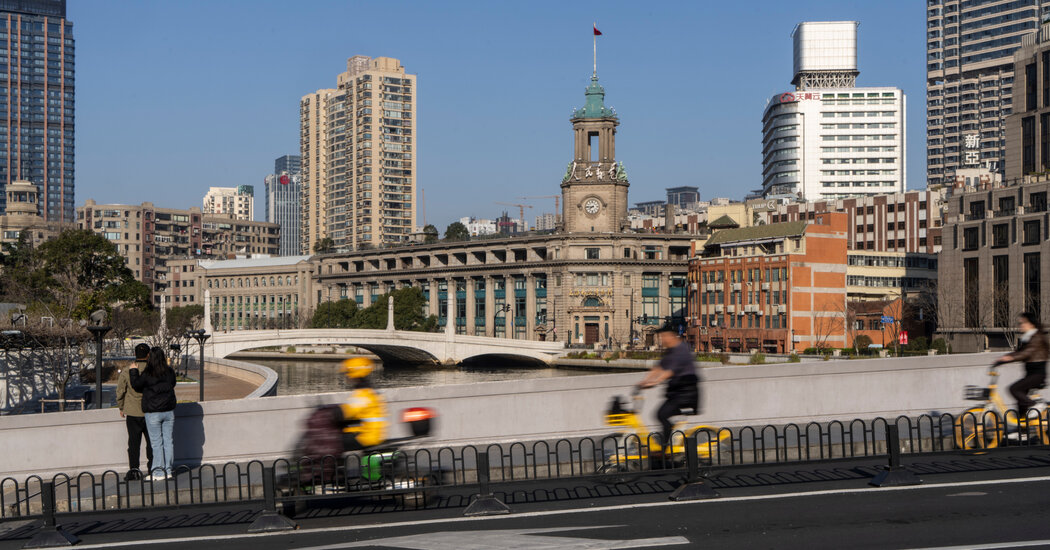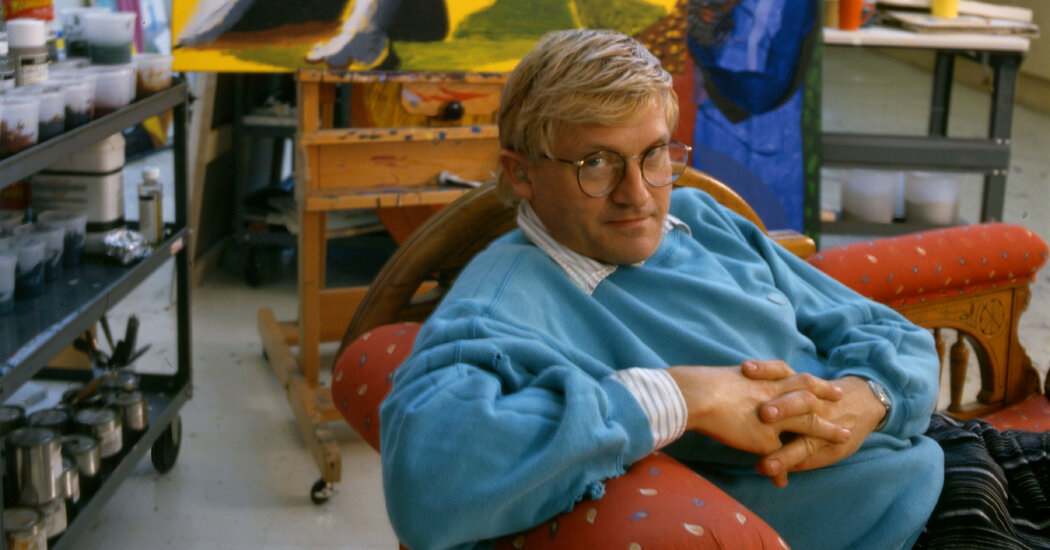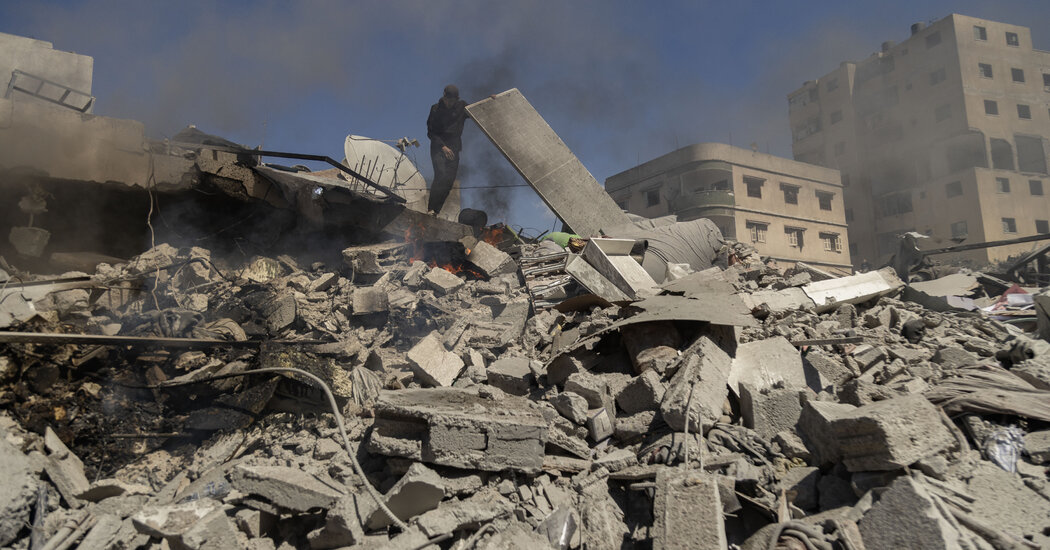Disparities in Diplomatic Approaches to the Ukraine Conflict
If progress toward resolving the war in Ukraine hinges on unity among allies, it appears that such cohesion is currently lacking. A series of diplomatic discussions this week highlighted not only the urgency for a truce but also the growing rifts between European nations and the United States.
During a significant gathering in Paris, European leaders articulated their commitment to ensuring that Ukraine remains a free, democratic, and stable nation, capable of resisting any further aggression from Russia. “We must position Ukraine in the strongest possible stance to facilitate a solid and enduring peace,” stated President Emmanuel Macron of France on Thursday.
In stark contrast, the Trump administration has been pushing for a swift conclusion to the three-year conflict, prioritizing favorable economic outcomes for the United States. This agenda includes restoring relations with Russia and seeking substantial reparations from Ukraine, which is perceived as not sufficiently appreciative of American assistance.
Consequently, the allies, if they can still be considered as such, seem to be moving in opposite directions. President Trump appears poised to reward President Vladimir V. Putin for his invasion of Ukraine, while European leaders steadfastly maintain their refusal to entertain such an outcome.
In a poignant moment, President Volodymyr Zelensky of Ukraine was welcomed by President Macron ahead of the “coalition of the willing” summit on Thursday, symbolizing a crucial step in the ongoing struggle for Ukraine’s sovereignty.




